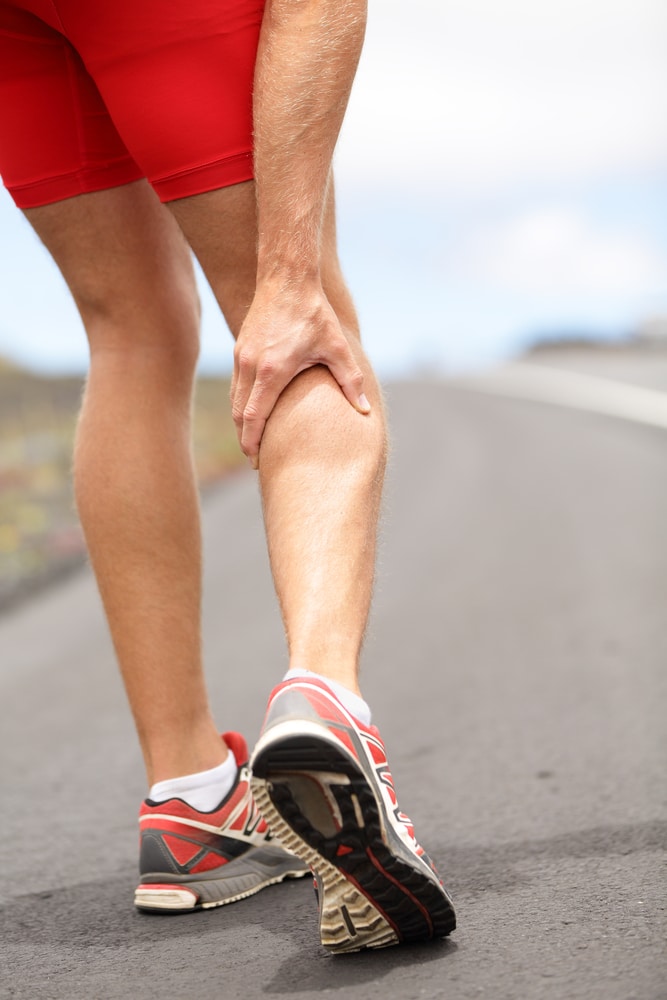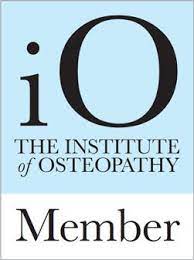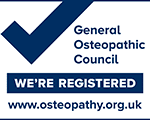How do I prevent running injuries?
Running is not just a sport; it’s a lifestyle. Whether you’re pounding the pavement in the early morning or enjoying a scenic trail run, the benefits of running are undeniable. However, with the repetitive nature of the activity comes the risk of injury. So how can I prevent running injuries? As practitioners of osteopathy, we understand the importance of maintaining balance and alignment in the body to prevent injuries and optimise your performance. Here are some valuable tips to help you avoid common injuries and achieve your fitness goals safely and effectively.
Understanding the Root Causes of Running Injuries:
Before we can understand how to prevent running injuries and delve into specific tips, it’s essential to understand the root causes of your problem. While overuse and biomechanical issues play a significant role, underlying imbalances in the body can also contribute to injury risk. Osteopathy recognises the interconnectedness of the body’s structure and function, emphasising the importance of addressing these imbalances to prevent injury and promote overall well-being.
Tip 1: Focus on Proper Form and Technique
Proper running form is essential for reducing the risk of injury and optimising performance. Pay attention to your posture, stride length, and foot strike pattern. Aim for a relaxed posture with your shoulders down and back with your arms swinging naturally at your sides. Ideally landing with a midfoot or forefoot strike will help to minimise impact and distribute forces evenly throughout your body. If you’re unsure about your running form, contact us to book your free 15-minute running assessment.
Tip 2: Gradually Increase Mileage and Intensity
One of the most common pitfalls for runners is doing too much, too soon. Rapidly increasing mileage or intensity can overload your muscles and joints, leading to overuse injuries such as shin splints, stress fractures, or IT band syndrome. Instead, follow a structured training plan that includes gradual progression in mileage and intensity. Listen to your body and be mindful of any signs of fatigue or discomfort. Incorporate rest days and cross-training activities to allow for recovery and prevent burnout.
Tip 3: Strengthen Weak Areas and Improve Mobility
Imbalances in strength and flexibility can predispose runners to injury. Incorporate strength training into your regime to improve stability and support proper biomechanics. Additionally, prioritise mobility and flexibility exercises to address tightness and restrictions in muscles and joints. Yoga, Pilates, and foam rolling can be valuable tools for enhancing mobility and preventing muscular imbalances.
Tip 4: Listen to Your Body and Address Pain Early
Pain is your body’s way of signalling that something isn’t right. Ignoring pain or pushing through discomfort can exacerbate injuries and prolong recovery time. If you experience persistent pain or discomfort while running, it’s essential to address it promptly. If you need some advice and help to identify the underlying cause of your symptoms and develop a personalised treatment plan to alleviate pain and prevent further injury get in touch.
Tip 5: Prioritise Recovery and Self-Care
Recovery is just as important as training when it comes to injury prevention and performance optimisation. Make sure you prioritise adequate rest, nutrition, and hydration to support your body’s recovery processes. Incorporate rest days into your training schedule and listen to your body’s cues for when to take a break. Additionally, therapies such as sports massage and osteopathic treatment can help enhance recovery and reduce muscle tension.
As runners, preventing injuries and optimising performance go hand in hand. By incorporating osteopathic principles into your training regimen, you can address underlying imbalances, improve biomechanics, and reduce the risk of injury. Focus on proper form and technique, gradually increase mileage and intensity, strengthen weak areas, listen to your body, and prioritize recovery and self-care. With a balanced approach to training and injury prevention, you can enjoy the many benefits of running while minimizing the risk of injury.






